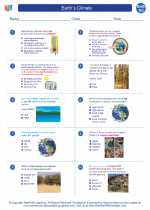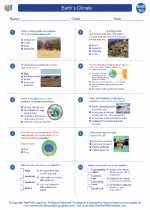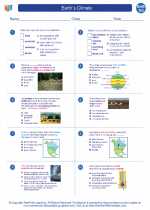Meteoroids
Meteoroids are small particles of rock and metal that are found in outer space. They are often the remnants of asteroids or comets. These fragments can range in size from tiny grains to boulders. When a meteoroid enters the Earth's atmosphere and burns up, it produces a streak of light known as a meteor or shooting star. If a meteoroid survives its journey through the atmosphere and lands on the Earth's surface, it is then called a meteorite.
Characteristics of Meteoroids
1. Size: Meteoroids can range in size from as small as a grain of sand to as large as a boulder.
2. Composition: They are composed of rock, metal, and sometimes a combination of both.
3. Origin: Most meteoroids are fragments from asteroids or comets.
Formation of Meteors
When a meteoroid enters the Earth's atmosphere, it travels at a high speed. The air in front of the meteoroid is compressed, which causes it to heat up and glow. This creates the bright streak of light in the sky known as a meteor. Most meteors burn up completely in the atmosphere, and only the largest ones survive to become meteorites.
Study Guide
- Define meteoroid and distinguish it from a meteor and a meteorite.
- Describe the composition and origin of meteoroids.
- Explain how meteors are formed and why they produce a streak of light in the sky.
- Discuss the significance of studying meteoroids and their impact on Earth and other planetary bodies.
[Meteoroids] Related Worksheets and Study Guides:
.◂Earth Science Worksheets and Study Guides High School. Earth`s Climate

 Worksheet/Answer key
Worksheet/Answer key
 Worksheet/Answer key
Worksheet/Answer key
 Vocabulary/Answer key
Vocabulary/Answer key
 Vocabulary/Answer key
Vocabulary/Answer key
 Vocabulary/Answer key
Vocabulary/Answer key
